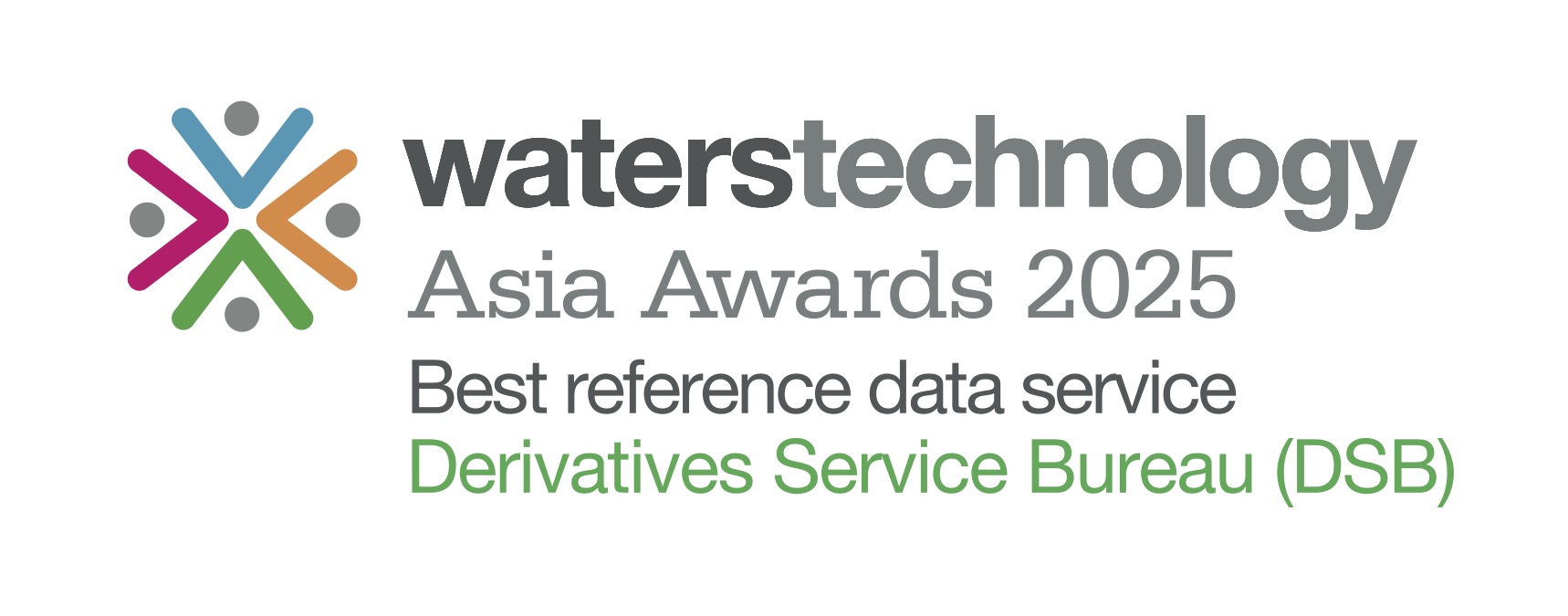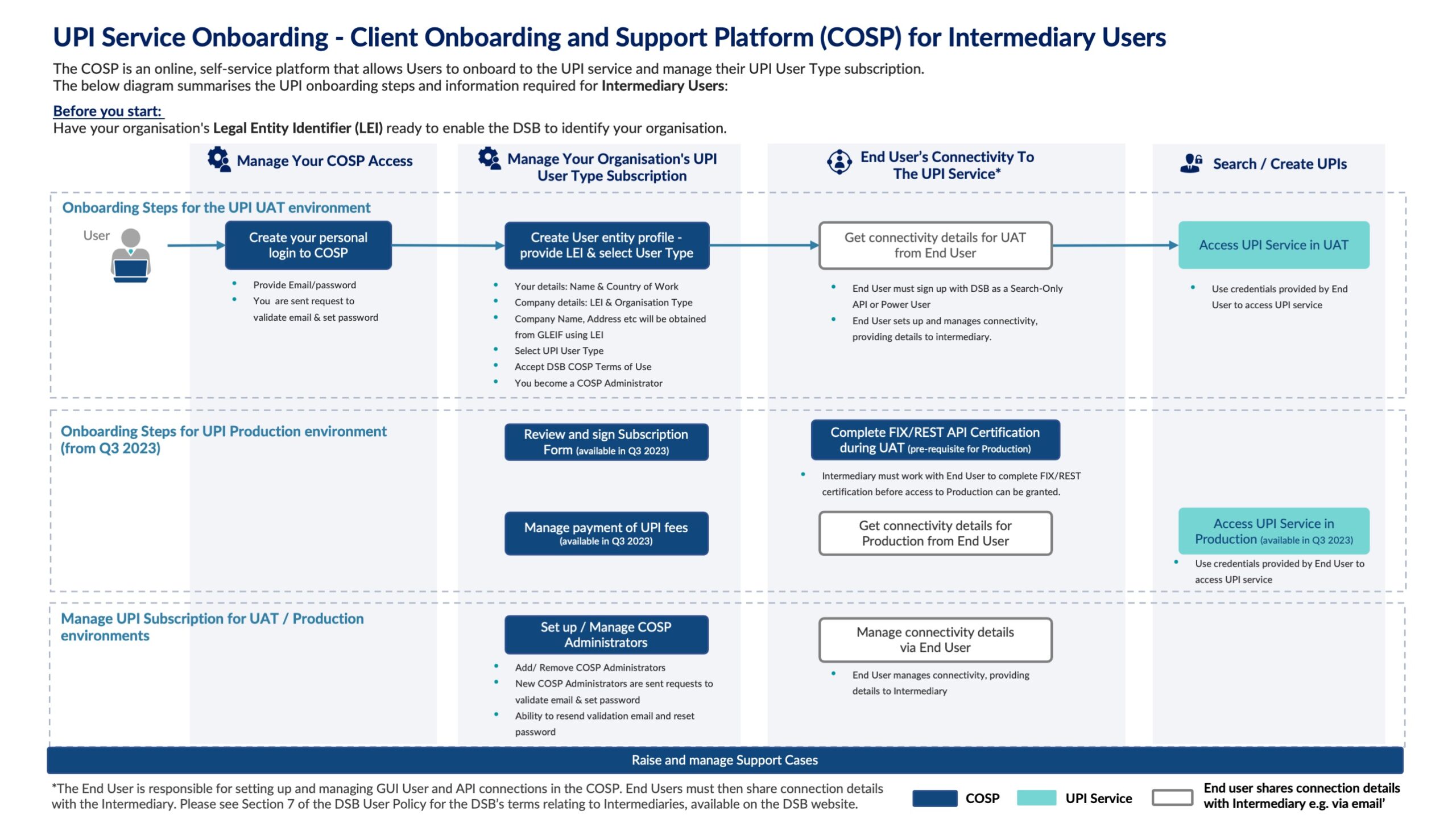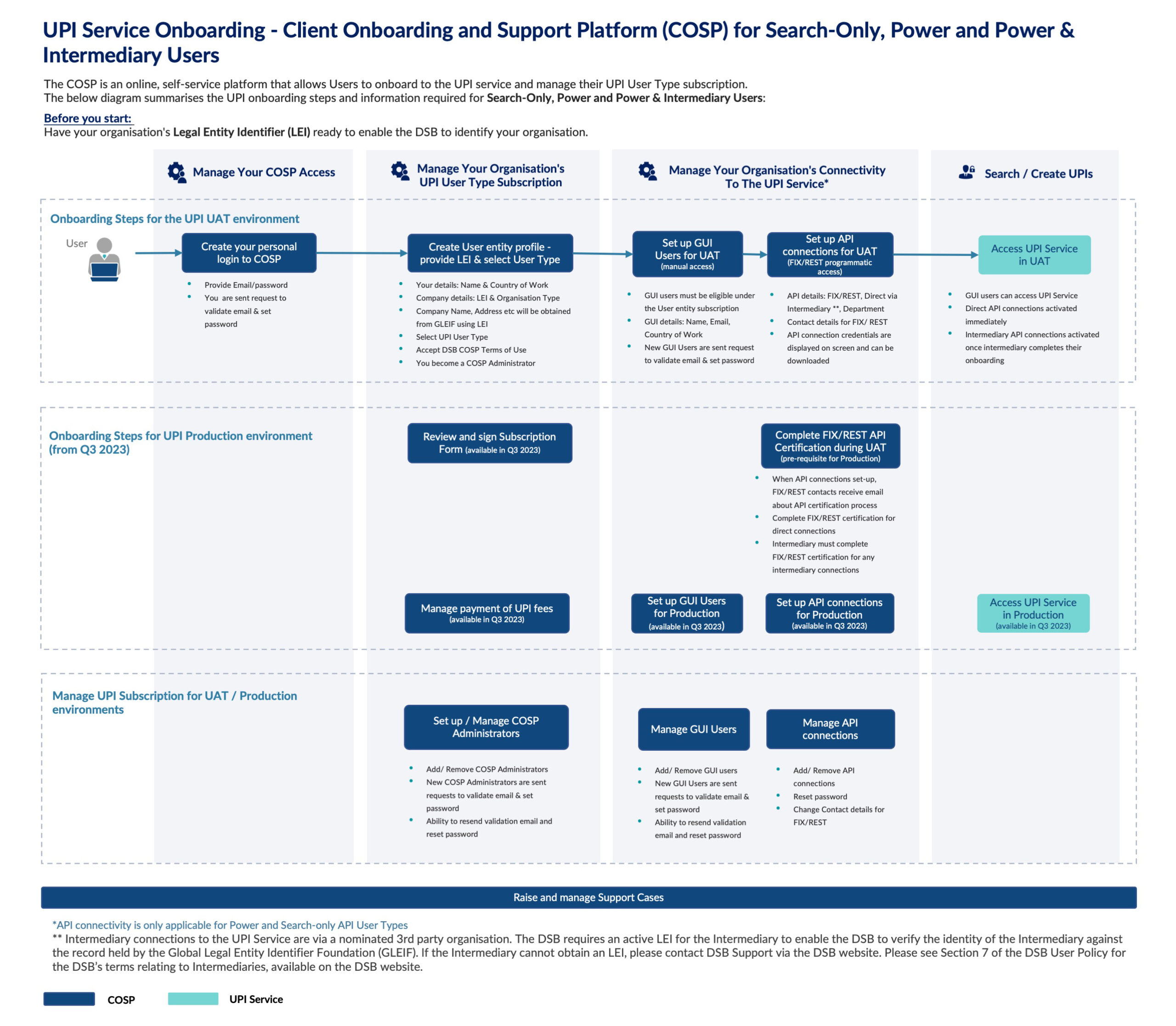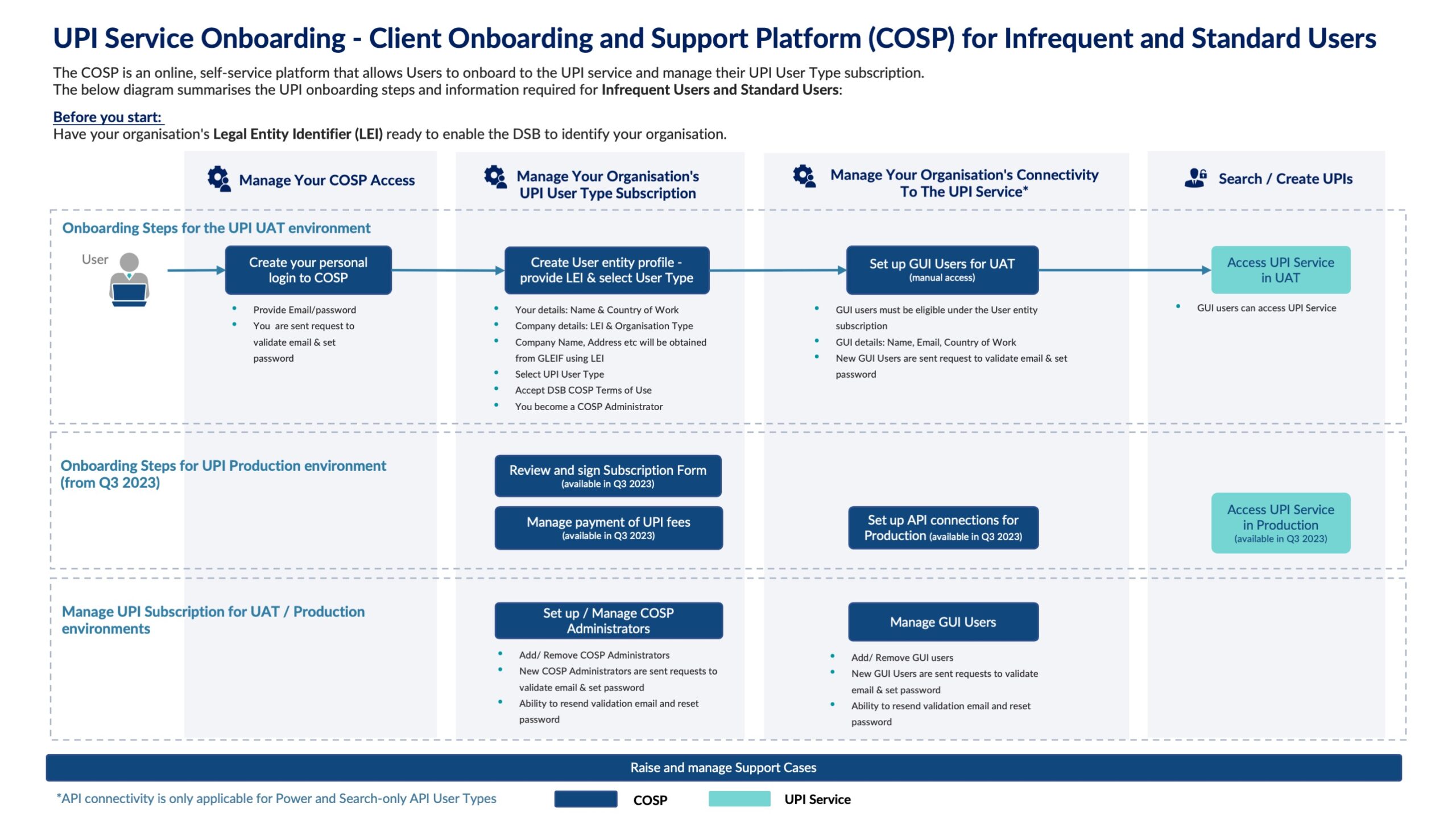The DSB spoke with Joseph Berardo and Harry McAllister, the co-chairs of the Product Committee (PC). In this interview for our newsletter, Harry and Joe discuss the role of the PC, how it has evolved, the creation and future of the UPI standard, how people can get involved and more.
- What have been the most significant achievements of the work of the Product Committee from your experience over the past two years?
Joseph: With a limited set of guidelines and requirements, a significant achievement of the PC was being able to architect product specific derivative instrument identifier templates that would be agreed upon and utilized by a large diverse set of industry stakeholders. The identifier templates needed to satisfy technical requirements defined by regulators, not conflict with pre-existing industry standards, address non-standard edge cases, avoid free format values and duplicates, leverage available index reference data where possible, and were transparently vetted and validated by the industry.
New MiFID rules and Benchmark reforms that impacted the instrument identifiers were among a group of added challenges presented over the years that were successfully addressed by the PC.
Harry: The PC has had real impact in helping industry participants navigate the dynamic and sometimes ambiguous regulatory landscape, framing the issues with respect to product classification and facilitating resolutions.
One good example which comes to mind would be in coordinating the response to the ESMA Q&A on Term of Contract for Interest Rate derivatives, where the PC partnered with trade associations to develop industry best practice, enabling reporting parties to implement a consistent approach to the new requirements and embedding this in the DSB ISIN service – all within a challenging regulatory timeframe.
- Can you tell us more about the creation of the UPI and the work of the PC?
Harry: UPI is the culmination of a multi-year effort on the part of authorities and standards bodies in consultation with industry stakeholders, to build out a global product identification scheme for OTC derivatives. We can think of this as the last piece – along with LEI and UTI – of the regulatory reporting puzzle. The FSB has designated ANNA DSB as the sole service provider for the UPI system – so the DSB will be responsible for issuing UPIs and maintaining their associated reference data, much as it does for OTC ISIN at the moment. The PC will take on the role of day-to-day governance of the functional aspects of the UPI, so will be instrumental in supporting the industry in this important transition.
Joseph: The UPI is intended to globally harmonize derivative instrument identifiers and is a key objective of G20 reforms and of the Financial Stability Board (FSB). The Committee on Payments and Market Infrastructures (CPMI) and the International Organization of Securities Commissions (IOSCO) published a guidance document that identifies the critical data elements (CDE) expected to be referenced to the UPI. The PC is working to align the DSB ISIN templates to the UPI requirements, and to resolve implementation questions that go beyond the CPMI-IOSCO guidance document.
- What else (other than the UPI) will the PC be focusing on going forward?
Joseph: As we’ve seen over the years, there have been a number of changes to regulations of derivatives products or changes to the products themselves requiring updates to the DSB ISIN. This trend will certainly continue. Also, there are opportunities for improvements to the template standards. All such changes require industry vetting of solutions and coordination across a large audience.
Harry: The PC continues to support ISIN assignment for OTC derivative products, refining product template definitions and solving for additional use cases. Adapting the ISIN for compatibility with CFI 2019 while maintaining the overall coherence of the CFI-UPI-ISIN hierarchy will be a significant focus of the PC’s work through 2021.
- Can you tell us about the responsibilities of the co-chairs and how the roles of the various participants work together?
Harry: I see the co-chairs’ responsibilities as two-fold: working with the DSB Secretariat to set the agenda for the PC meetings, prioritise issues for discussion and manage the book of work; and in the meetings to ensure that agenda items are fully explained, issues thoroughly explored and members’ points of view fully articulated. The role of the co-chairs is to coordinate those discussions, drawing on members’ expertise and ensuring their various perspectives are represented in the interest of reaching consensus – ultimately to maximise the impact of the guidance which the PC provides to the DSB Board.
Joseph: Co-chairs provide guidance to interpreting the impact of industry changes or new regulations that could alter Derivative ISIN standards and assist the DSB in drafting proposals to challenges arising from such events. Chairs also assist in the vetting process by participating and helping guide committee discussions when needed.
- Why do you think the DSB’s collaboration with industry – with market practitioners, regulators, and trade associations at the table – has worked so well?
Joseph: Being open to discussions with a large audience of industry stakeholders while providing thorough transparency to the challenges and solutions of such discussions is the secret to that success. Providing an earnest desire to work together with numerous regulators and industry groups while seeking to align and collaborate with other related industry initiatives further strengthens the trust the DSB has earned from the industry.
Harry: The PC is fortunate in being able to draw on a wealth of industry experience, technical expertise and diverse market perspectives in its membership. The PC provides a forum where the collective expertise of the membership is brought to bear on the challenges of derivative product classification, in a fully open and collaborative spirit.
- How can industry representatives get involved and get in contact?
Harry: Check the DSB website for news and announcements, follow the proceedings of the Product Committee in the bi-weekly minutes, take a look at the past Industry Consultations to see what kind of feedback the DSB is generating; and contact the DSB Secretariat with any product related queries which aren’t dealt with in the FAQs. If you’re interested in representing your institution on the PC, please download an application form and submit to the Secretariat by 10 February.
Joseph: Industry representatives can view all the PC meeting notes and DSB documents, including some very useful metrics on the DSB ISIN, on the DSB website. In viewing the meeting notes, representatives may find they are involved in related initiatives and want to join the PC to discuss some of the challenges they may foresee or want to participate in the solution vetting process. Contacting the DSB Secretariat is means of reaching out for product related matters.












